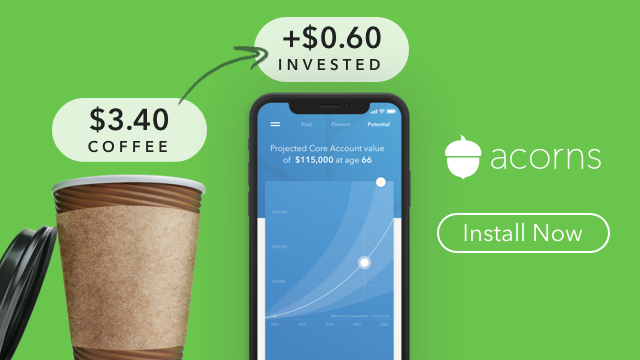The First Step To Take In Managing Credit Card Debt
Gaining The Momentum In Managing Credit Card Debt
The most difficult part in surmounting any obstacle is in initiating a way out, but once you have one foot inside and have gathered the impetus, you find yourself ready to take the next steps, even if at times the succeeding actions are more difficult to do. So it is with managing credit card debt. Many people end up with a pile of debt simply because they have neglected the first step(s) in properly managing their debts - getting a clear picture of your finances. Taking this initial step will help you keep plastic debt under control. However, for those already buried in credit card debt, implementing this preliminary action plan will galvanize you to overcome your seemingly insurmountable debt.
Managing Credit Card Debt By Taking Your Financial Picture
Everyday, we look at the full-length mirror before leaving the house to make sure that nothing in our appearance looks funny or grotesque, or better yet, to make sure that we look gorgeous. And if we find something that we do not like, we correct it, such as re-styling our hair or changing our top, and things like that.
This must also be your approach in managing credit card debt. You should regularly have a clear picture of how your financial landscape looks like so that you can correct or eliminate unsightly things, such as out of hand spending or a snowballing credit card debt. This financial picture is your financial worksheet, which is composed of a Monthly Spending Record, an Income/Expense Computation, and a Final Goal Sheet. Let us take a look at each of these records.
Monthly Spending Record. It is important that you track your spending habits. You do this by jotting down for a month all (even the cheapest of purchases) your daily expenses in details: description of the items bought and their prices. This includes the bills you pay through auto-debit from your bank account or paycheck. This record will later on help you on how to cut down on your expenses should the need arises.
Income/Expense Computation. Take note of your monthly income; arrive at a total if you have more than one source of income. Then deduct the total monthly expenses that you have computed in your Monthly Spending Record. Getting a positive amount means that you use it to pay for your credit card debt each every month. If you arrive at a negative amount, you have to decide on which expenses you have jotted down on your Monthly Spending Record to forgo so that you can cut down on your spending and use the savings to cover for your debt. Axe unnecessary expenses or buying luxury items, such as daily signature coffee, lavish visits at the spa, vending machine items, and the like. You do not have to deprive yourself of these pleasures, but at least, you should cut down spending on these items by reducing frequency of purchase, or by substituting them with less expensive or even free options. For instance, why pay a price for a book which you can borrow at a public library?
Simple math tells you that there is another way of getting a positive figure in your Income/Expense Computation besides attacking your expenses. This is by increasing your income. If you can ask for a raise from your employer, then well and good. But there are also other ways, such as looking for an extra job, selling possessions that you no longer need, etc. These measures will help you to get a positive total that you can use to pay for your debt each month.
Payment Schedule. Having determined an amount you can afford to pay for your credit card debt each month, you can now have an idea on how long you can whittle down your credit card debt. Just make sure that this payment is more than minimum due. A debt management calculator can help you determine the length of time that you can pay off your total debt, or a payment schedule. If you owe more than one credit card company, determine the one with the least and highest interest rates and consider transferring the balance from the account with high cost of borrowing to the one with the least. You do this in one of your next steps after contacting your creditors to let them know that you have difficulty paying for your debts.
 Follow
Follow
